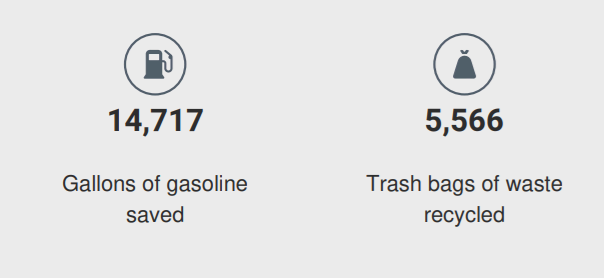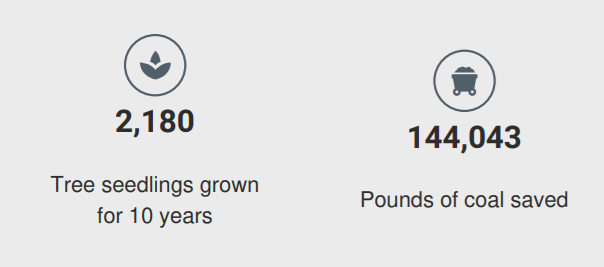Project Verdant Key Features
Sustainable Building Design
The building is designed to maximize the use of natural light and ventilation, featuring large windows and balconies, and constructed with sustainable and environmentally friendly materials. Buildings are oriented to take advantage of solar energy, with solar panels installed on the roofs of all buildings. A central water heating system will provide efficient energy use and reduce energy consumption. Rainwater harvesting systems are installed to reduce water consumption.
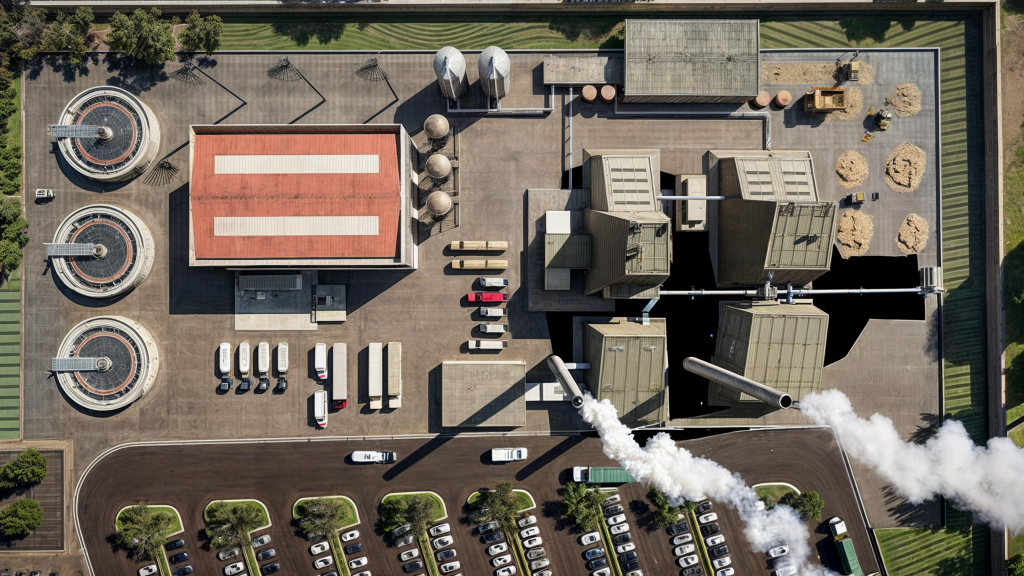
Sustainable Building Design
The architecture of the Verdant home is a deliberate integration of green and net-zero strategies committed to environmental stewardship.
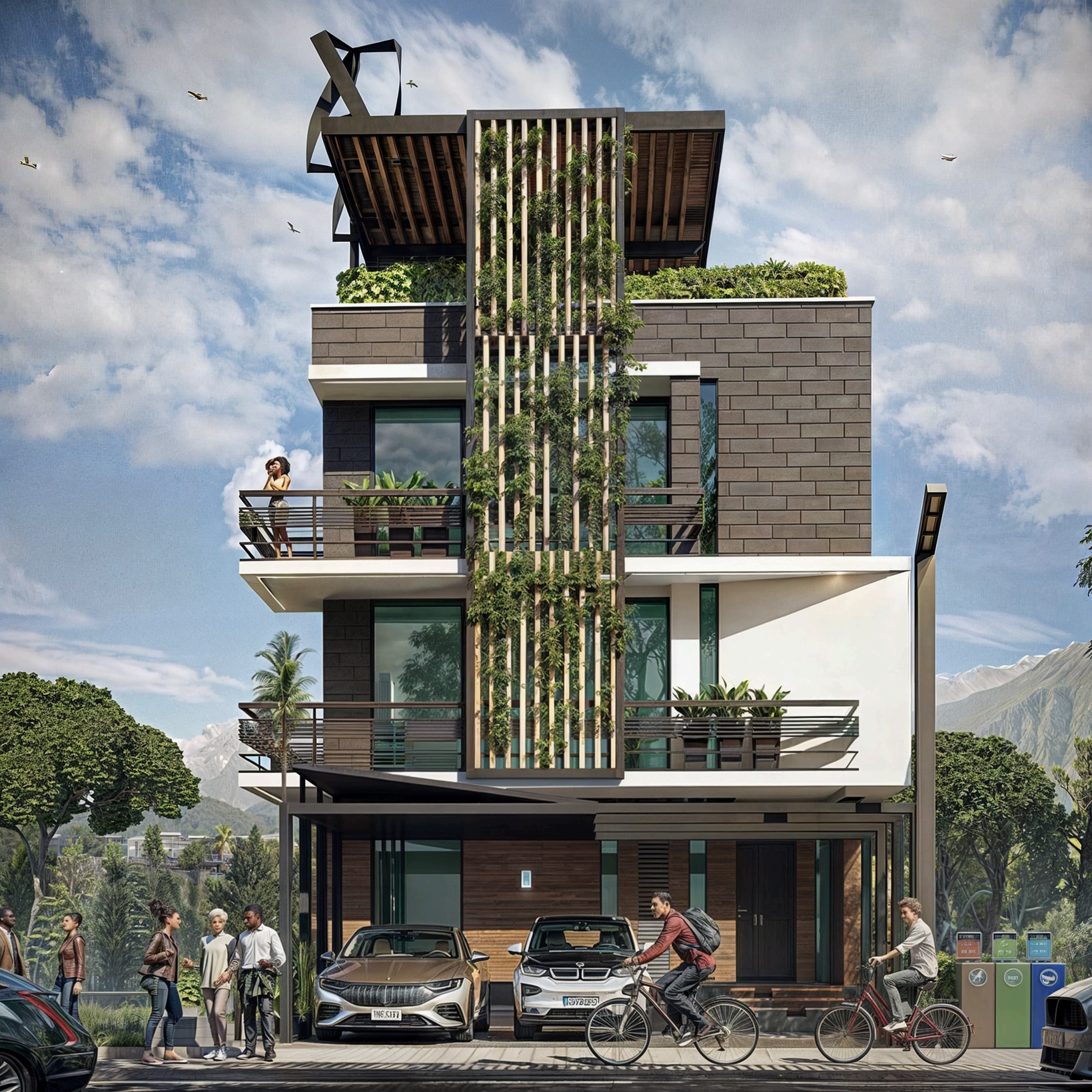
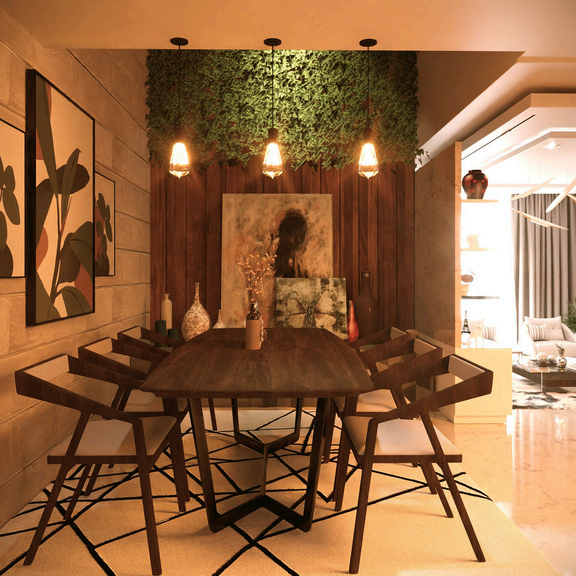
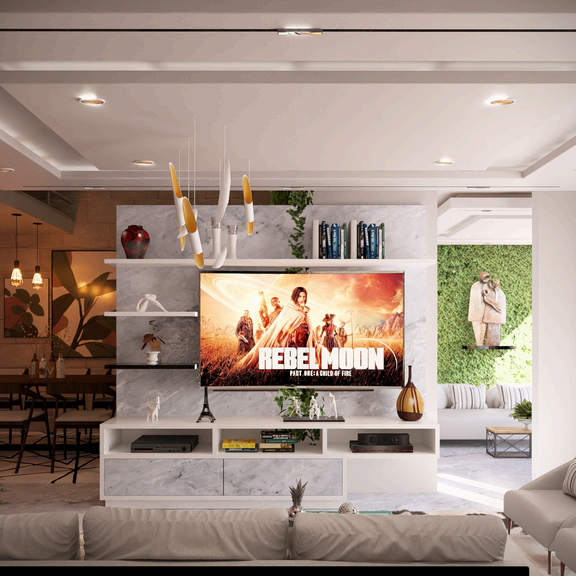
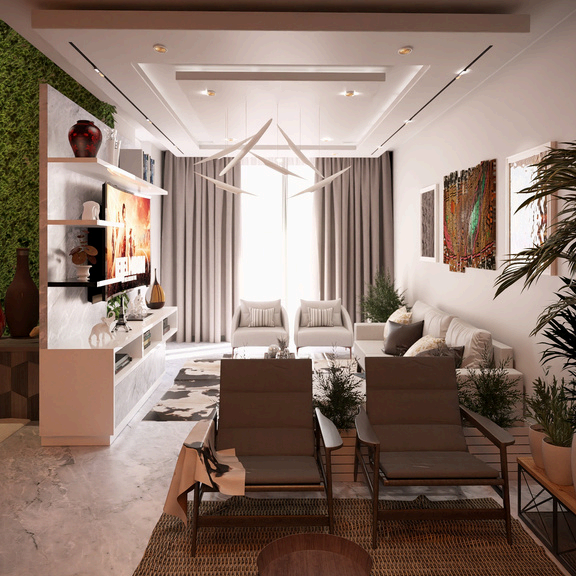
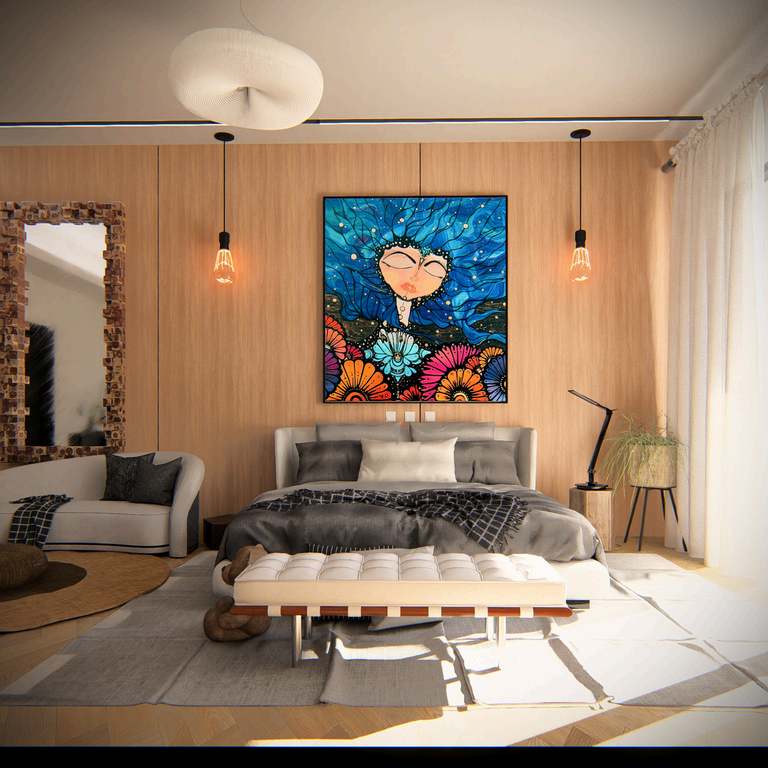

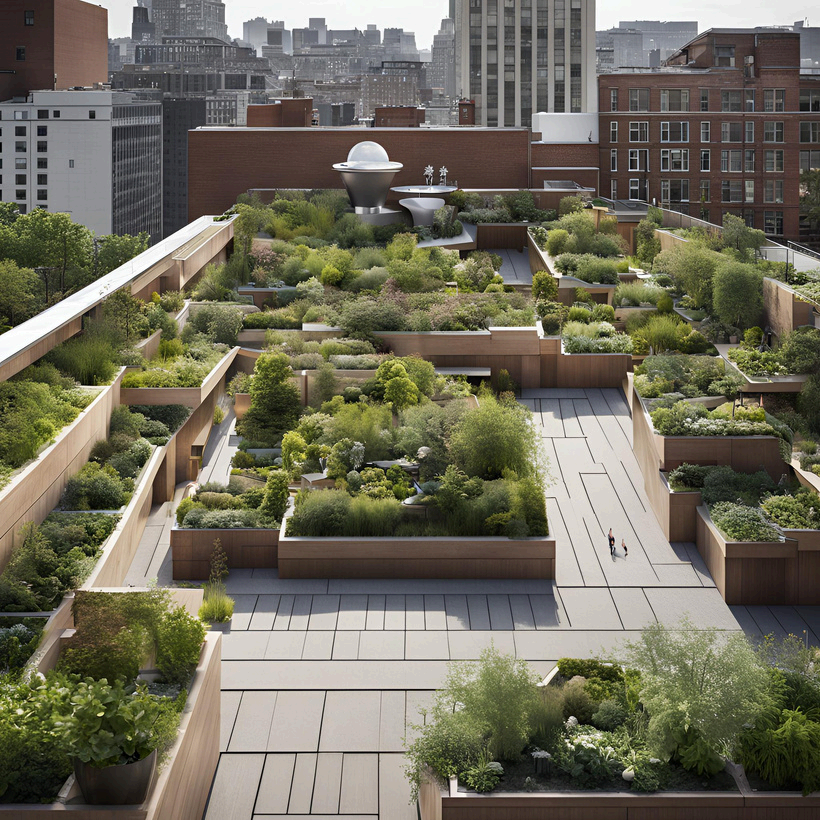
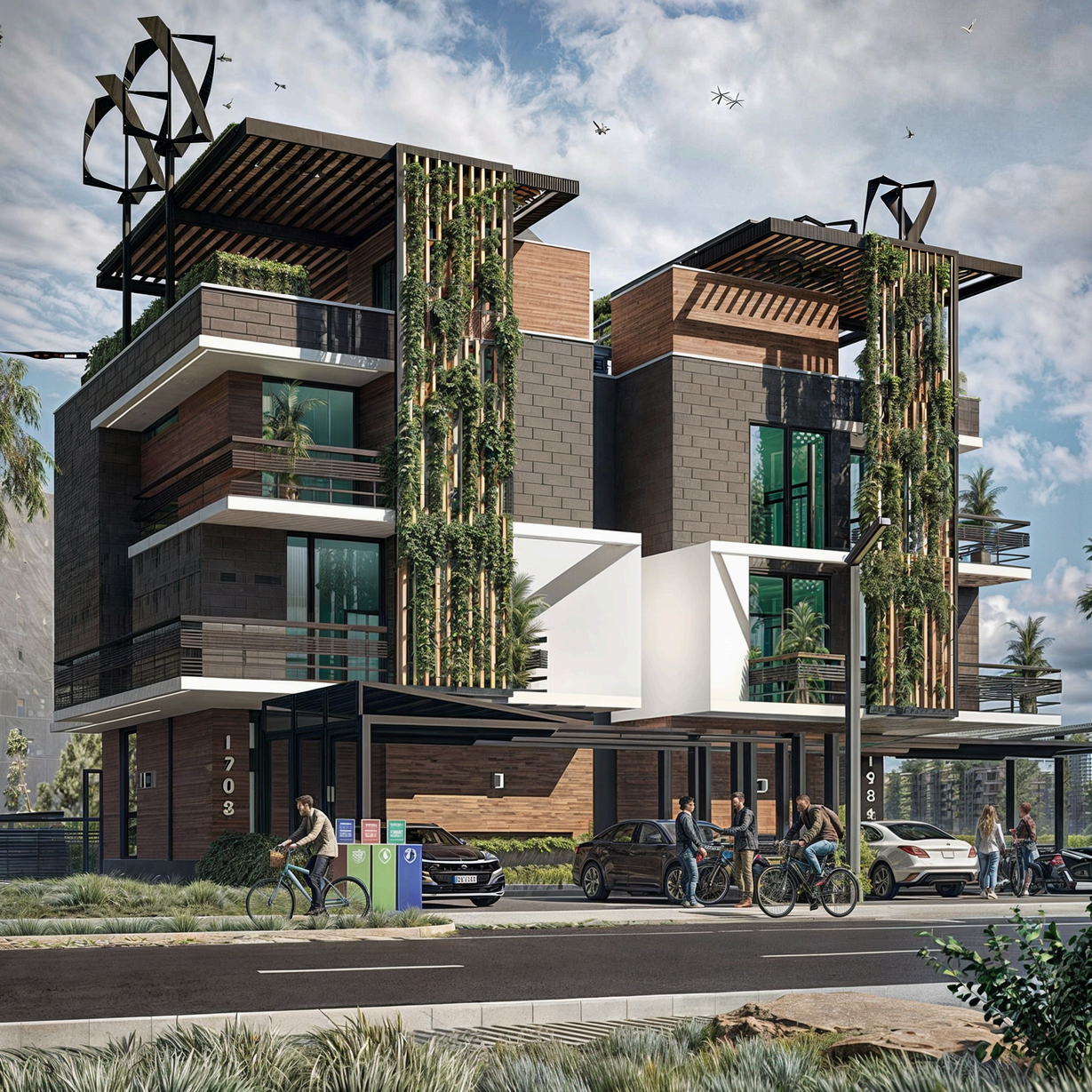


Structural Support:
A concrete column and slab system with walls filled using renewable building blocks.
Interior Finishes:
Flexiclay wall finishes eliminate the need for paint, reducing VOC emissions and promoting healthier indoor air quality.
Natural Light:
Large windows invite ample natural light, reducing the need for artificial lighting during the day.
Sustainable Materials:
Roads are made from pavers manufactured from reclaimed materials, recycling bins, and a compost unit for organic waste.
Natural Ventilation:
Open spaces are strategically designed to enhance natural ventilation.
Renewable Energy:
Homes are powered by a 10,000 kWh solar panel system on the rooftop and duo helix wind turbines, ensuring uninterrupted power generation even in adverse weather conditions.
Water Systems:
Each home features a solar water pump and heater, rainwater collection system.
Residential Power Usage Breakdown
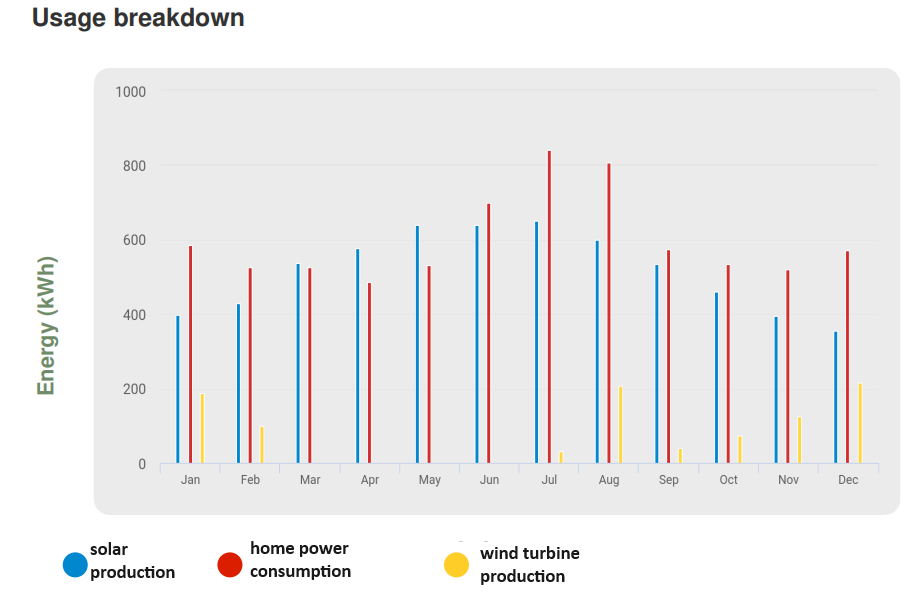
1
Solar Production/Consumption Offset: 6,217.3 kWh (86%)
2
Wind Turbine Production/Consumption Offset: 1,200 kWh (19%)
3
Projected Annual Usage: 7,200.2 kWh
4
Efficiency: 105% (Net Zero Energy)
LEED Certification
The incorporation of solar panels and wind turbines demonstrates a dedication to renewable energy sources, which is a key criterion for LEED certification. Additionally, the energy-efficient design features of the house, coupled with the renewable energy generation, contribute to meeting LEED’s stringent environmental performance criteria.
Net Zero Energy
By generating 7,417.3 kWh of renewable energy annually while the house consumes 7,200.2 kWh, the system approaches net-zero energy usage. Net-zero energy buildings produce as much renewable energy as they consume over the course of a year, minimizing their carbon footprint and environmental impact
